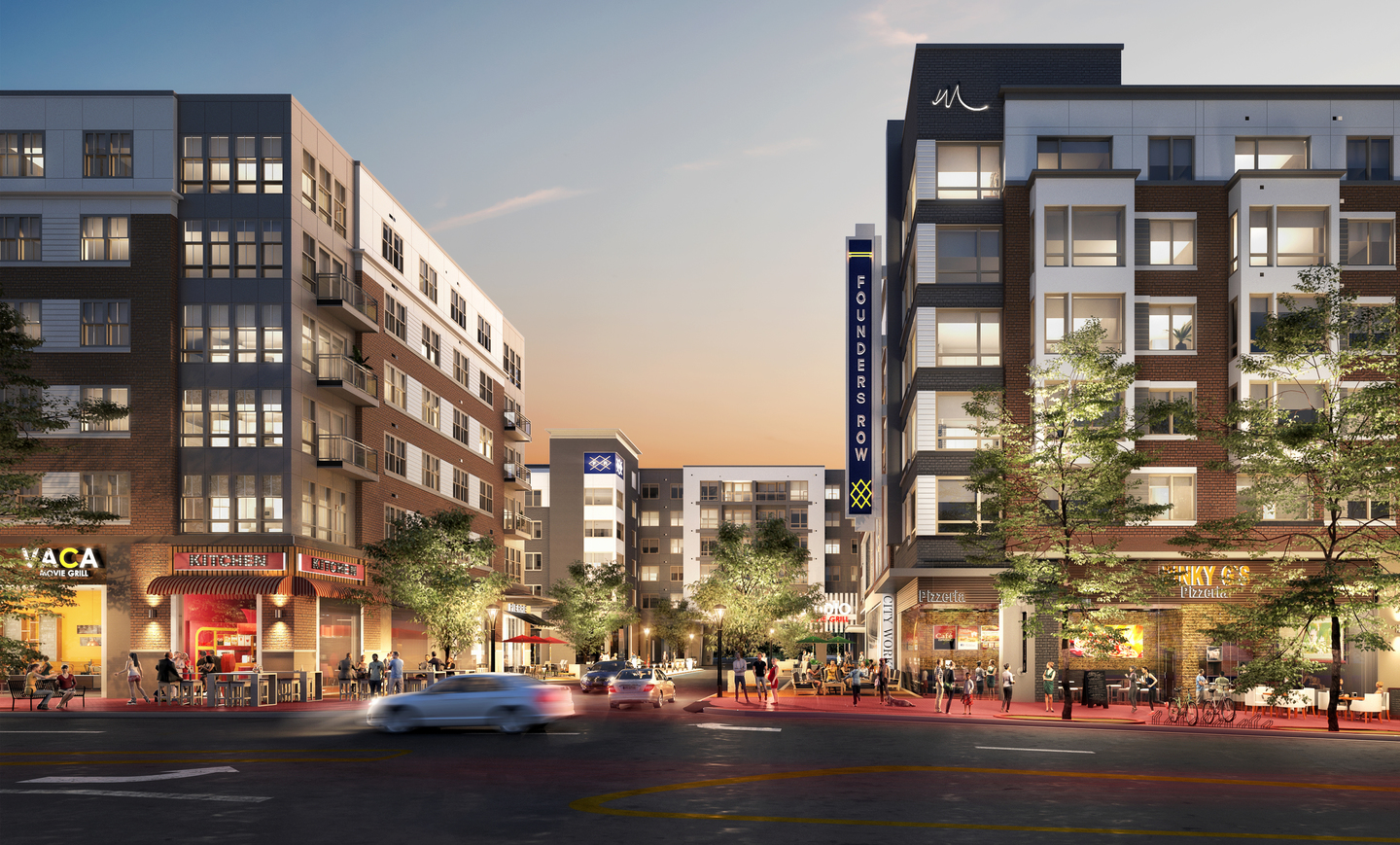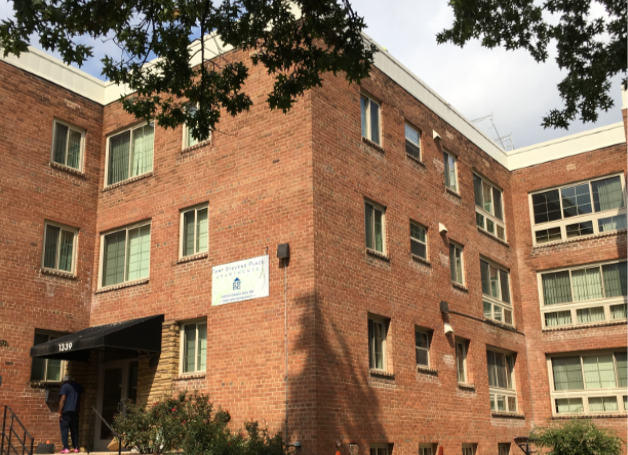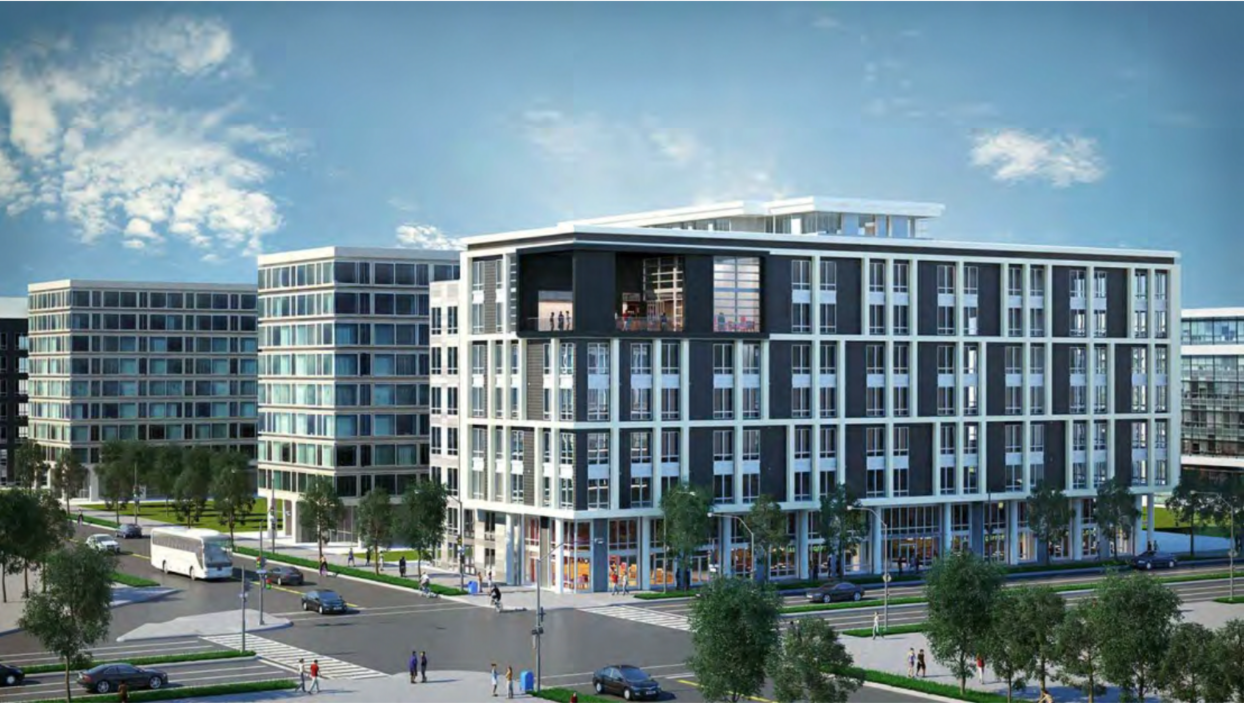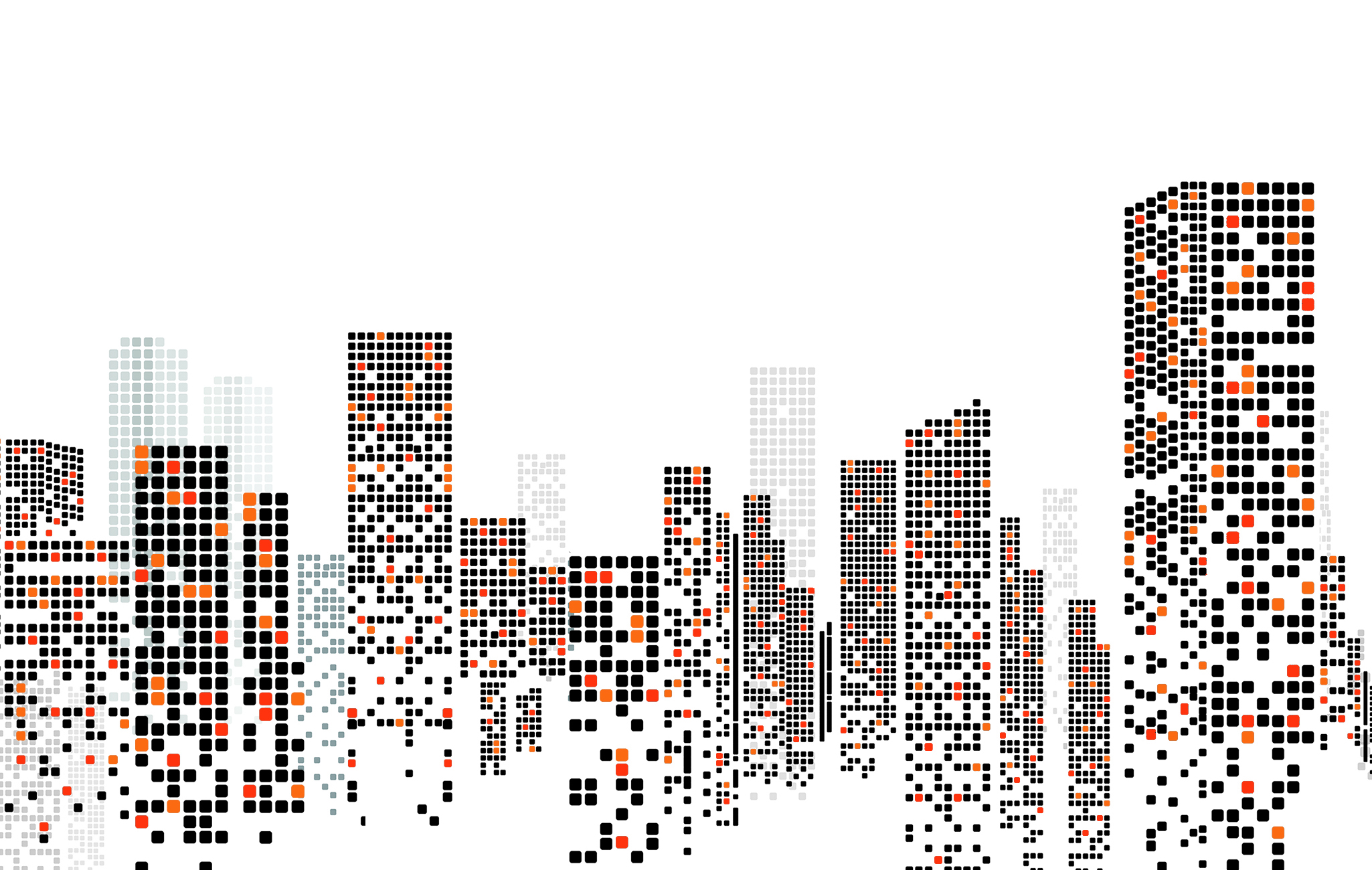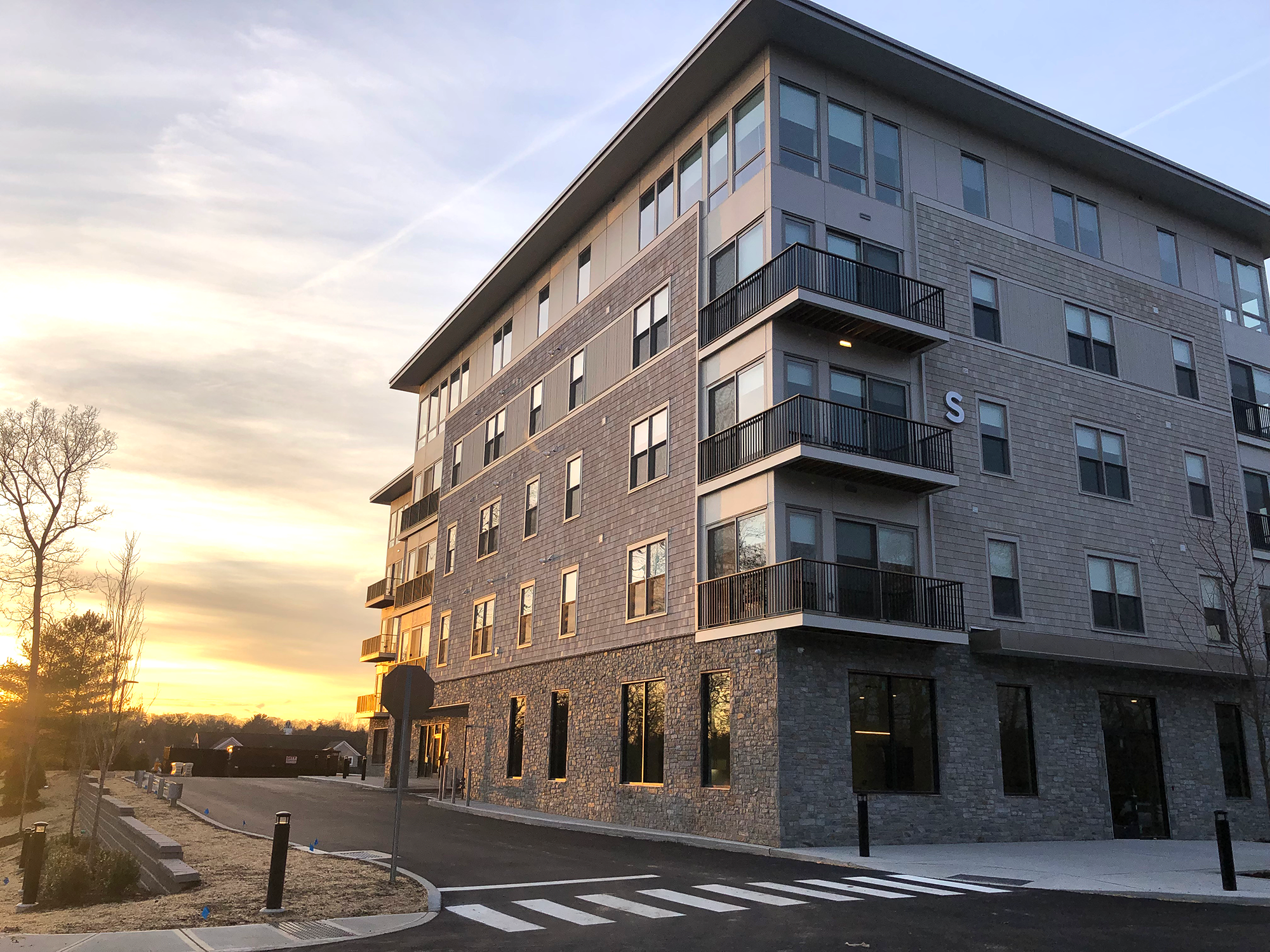
Sustainable Design & Construction
A Better Future Needs Better Buildings
We are at the forefront of industry advancement, actively contributing to boards, development committees, and working groups that shape the future of building practices. Our commitment to continuous learning ensures that our services not only adapt to but also influence evolving codes, standards, and legislation.
Our comprehensive suite of sustainability consulting services is designed to help you achieve your climate, compliance, equity, and financial objectives. We focus on creating buildings that are cost-effective, prioritize human well-being, and are forward-thinking in their environmental impact.
Our Process
01. Planning
Collaboration is key, and it starts at the planning phase. Engaging our team early in your project allows us to chart a cost-effective path to meet your objectives with precision and foresight.
02. Design
We keep your project on track throughout the design phase by applying insights gained from thousands of successful projects. Our innovative approach helps us navigate and resolve design challenges creatively and efficiently.
03. Construction
Our team employs rigorous testing, inspection, and verification protocols, utilizing technology to preempt setbacks and ensure optimal outcomes.
04. Certification
Having played a pivotal role in the development of numerous green building standards, we leverage this expertise to guide your project through the certification process, ensuring it meets the most appropriate and beneficial standards for your goals.
Services
One-Stop Sustainability Shop
Sustainability Planning & Analysis
Translate your needs and goals into a holistic plan based on our long track record of success.
Green Building Certifications
Achieve certifications via industry-leading sustainability and wellness programs.
Building Enclosures
Optimize building envelopes for maximum energy efficiency, occupant comfort, durability, and resilience.
Building Commissioning
Ensure all mechanical systems are performing according to design intentions and working together efficiently.
Projects
Our Sustainable Design & Construction Work
Knowledge Hub

